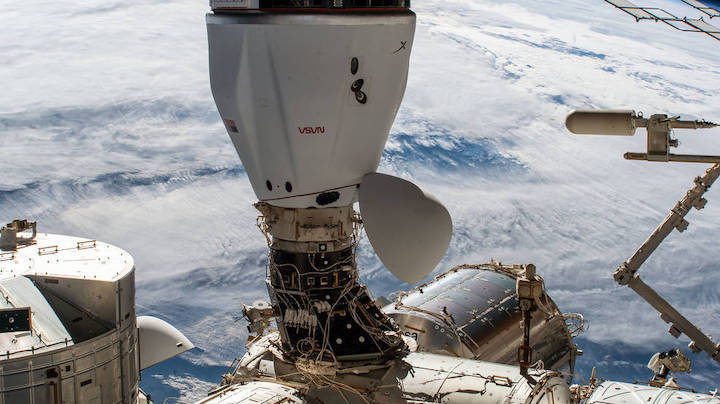The SpaceX Cargo Dragon spacecraft is set to depart the International Space Station on Friday, Jan. 21, for a splashdown Saturday, Jan. 22, off the coast of Florida.
Credits: NASA
A SpaceX Dragon cargo resupply spacecraft is set to depart the International Space Station Friday, Jan. 21. NASA Television, the agency’s website, and the NASA app will provide live broadcast of the spacecraft’s undocking and departure beginning at 10:15 a.m. EST.
Ground controllers at SpaceX in Hawthorne, California, will send commands at 10:40 a.m. for Dragon to undock from the space-facing port of the station’s Harmony module and fire its thrusters to move a safe distance away from the station. Controllers will command a deorbit burn the following day.
After re-entering Earth’s atmosphere, the spacecraft will make a parachute-assisted splashdown about 4:25 p.m. Saturday, Jan. 22, off the coast of Florida. NASA TV will not broadcast the splashdown but the agency will provide updates on the space station blog.
Dragon will carry back to Earth more than 4,900 pounds of supplies and valuable scientific experiments that were designed to take advantage of the space station’s microgravity environment. Splashing down off the coast of Florida enables quick transportation of the experiments to NASA’s Space Station Processing Facility at the agency’s Kennedy Space Center in Florida, allowing researchers to collect data with minimal sample exposure to Earth’s gravity.
SpaceX’s 24th Commercial Resupply Services mission delivered more than 6,500 pounds of research investigations, crew supplies, and vehicle hardware after launching Dec. 21 on a SpaceX Falcon 9 rocket from Launch Complex 39A at Kennedy.
Dragon was scheduled to come home on Friday (Jan. 21), but Mother Nature had other ideas.
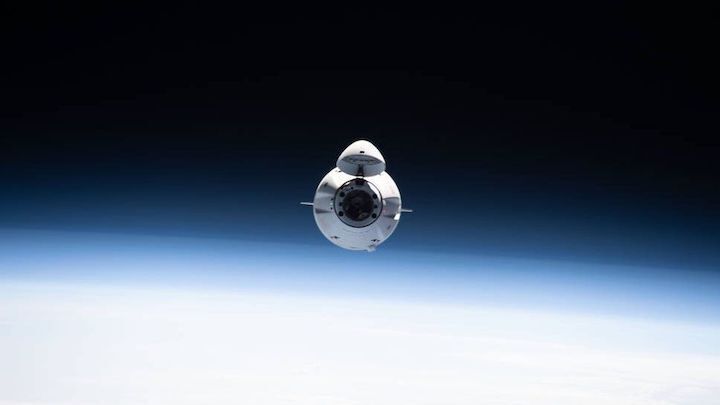
A SpaceX resupply ship will have to wait at least one more day before returning to Earth.
Yesterday (Jan. 19), cosmonauts Anton Shkaplerov and Pyotr Dubrov ventured outside the safe confines of the International Space Station to conduct a seven-hour, 11-minute spacewalk. While the pair cleaned up following the spacewalk, SpaceX was preparing its robotic Dragon cargo ship to come back to Earth. Unfortunately, the weather had other plans.
The Dragon craft, which had previously been scheduled to come home on Friday (Jan. 21), is now planning to undock from the station Saturday (Jan. 22) due to a "forecast of inclement weather," according to a NASA blog post.
You can watch the undocking live here at Space.com or directly on NASA TV beginning at 10:40 a.m. EST (1540 GMT) on Saturday.
This morning (Jan. 20), NASA astronauts Kayla Barron and Thomas Marshburn prepared the Dragon for its return trip, loading biology samples into the craft so that they can be analyzed here on Earth. Barron and European Space Agency astronaut Matthias Maurer also loaded freezers packed with additional scientific samples into the ship.
SpaceX will provide another update about undocking during a weather briefing at 12 p.m. EST (1700 GMT) on Friday. If the Dragon craft does undock Saturday as currently planned, it will splash down Sunday (Jan. 23) around 4 p.m. EST (2100 GMT), but the final splashdown site has not been selected yet, according to the blog post.
Quelle: SC
----
Update: 23.01.2022
.
Scientific Hardware, Experiments Return to Earth on SpaceX CRS-24 Dragon

Editor's Note: The SpaceX Cargo Dragon undock date was updated to Saturday, Jan. 22.
A retired microscope and samples from studies on colloids and cellular signaling are among the cargo returning from the International Space Station aboard the 24th SpaceX commercial resupply services mission. The Dragon craft, which arrived at the station Dec. 22, 2021, is scheduled to undock Jan. 22 with splashdown the next afternoon off the coast of Florida.
These quick return flights allow scientists to make additional observations and analyses of their experiments at Kennedy Space Center, minimizing the effects of gravity on samples. Investigators then can conduct more in-depth analyses back at their home labs.
Read more about some of the equipment and experiment samples making the journey back to Earth:
Last light for LMM
A state-of-the-art light imaging microscope, the Light Microscopy Module (LMM), launched to station in 2009 and returns to Earth aboard Dragon for a well-earned retirement. Sponsored by NASA’s Biological and Physical Sciences division, this powerful diagnostic tool enabled novel research of microscopic phenomena in microgravity, providing the capability to remotely acquire and download images and videos at many levels of magnification.
LMM made it possible to observe and record the way matter is organized and moves on the microscopic level. Scientists employed this tool for microgravity research on colloids, tiny particles suspended in a liquid, that contributed to advances in formulations and the shelf life of consumer products such as toothpaste and shampoo, 3D printing, and technology for detecting shifting sands on Mars. The LMM also contributed to studies of plants in microgravity, including the CARA investigation, and supported thermophysics research, including CVB and CVB-2, studies on heat transfer systems in microgravity.
NASA astronaut Mark Vande Hei uninstalls the Light Microscopy Module from the station. The
instrument returns to Earth after more than a decade of supporting scientific investigations.
Credits: NASA
Tiny structures, assemble
InSPACE-4 studies assembly of tiny structures from colloids, or particles suspended in a liquid, using magnetic fields. Colloidal structures change the properties of the assembled material, such as its mechanical response to or interaction with light and heat. Microgravity offers a unique opportunity to observe assembly in ways and over time scales not possible on Earth.
Results could provide insight into how to harness nanoparticles to fabricate and manufacture new materials and lead to more advanced materials for space applications, including thermal shields, protection from micrometeorites, energy production, energy-transfer, and actuators and sensors for robotic and human missions. Other potential applications include advancing the manufacturing of materials on Earth for applications such as thermal shields, sound damping devices, camouflage, and medical diagnostics. The technology also could support larger-scale applications such as building foundation stabilizers for areas prone to earthquakes.
Investigators monitored the experiment via video downlink and vials containing the colloidal structures are returning to Earth for additional analysis.
Thomas Pesquet of ESA (European Space Agency) conducts a session for the InSPACE-4 physics study, which could provide
insight into how to harness nanoparticles to fabricate and manufacture new materials for Earth and space applications.
Credits: NASA
Cell signaling in microgravity
Scientists continue to study how microgravity affects mammalian cells. Cytoskeleton, an investigation from ESA (European Space Agency), examines whether microgravity affects the function of cellular signaling molecules known as RhoGTPases. These molecules function as "molecular switches" and are involved in the control of cell proliferation, programmed cell death, gene expression, and organization of the cytoskeleton (the network of protein filaments and tubules that give cells their shape).
This investigation contributes to our understanding of how the human body responds to microgravity and could support development of countermeasures to help crew members maintain optimum health on future missions. The work also may expand knowledge about cellular function on Earth and contribute to future medical research here on the ground. Cell cultures are returning to the ground for analysis.
ESA (European Space Agency) astronaut Matthias Maurer sets up for the Cytoskeleton investigation.
Credits: NASA
Live coverage of the departure begins on Saturday, Jan. 22. at 10:15 a.m. EST on NASA Television, the agency’s website, and the NASA app. Find updates on undocking, splashdown, and subsequent events on the space station blog.
For daily updates, follow @ISS_Research, Space Station Research and Technology News, or our Facebook. For opportunities to see the space station pass over your town, check out Spot the Station.
+++
NASA Live
NEXT LIVE EVENTS
(All times Eastern U.S. time, which equates to UTC-5.)
January 23, Sunday
10:15 a.m. – Coverage of the undocking of the SpaceX CRS-24 Cargo Ship from the International Space Station (Undocking scheduled at 10:40 a.m. EST)
Quelle: NASA
+++
Update; 17:00 MEZ
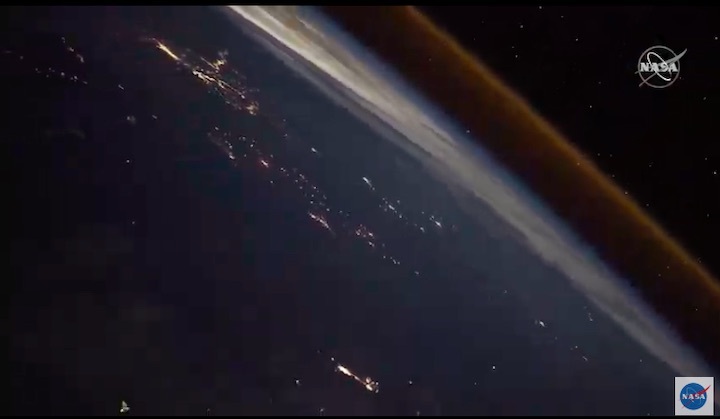
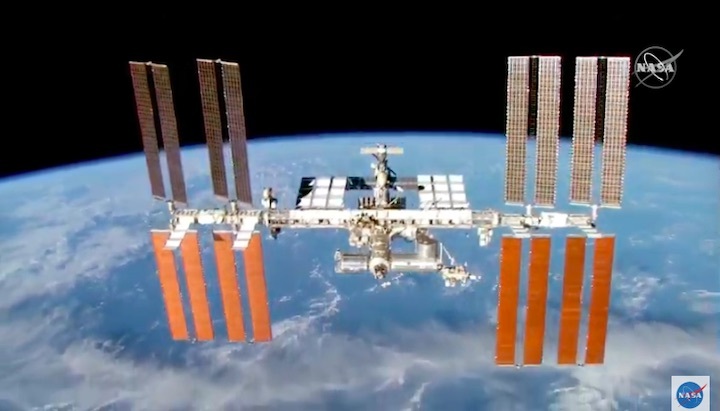
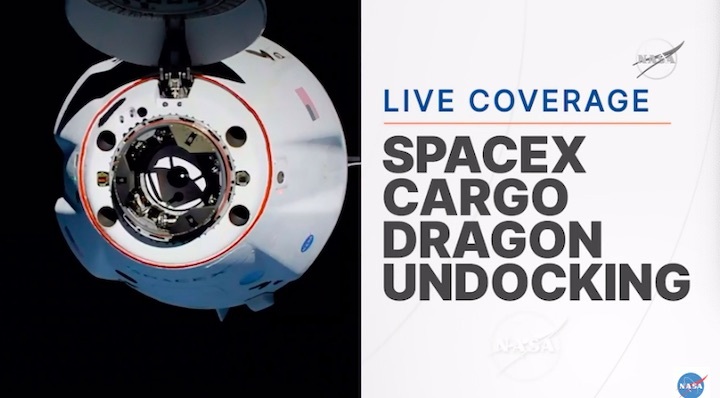
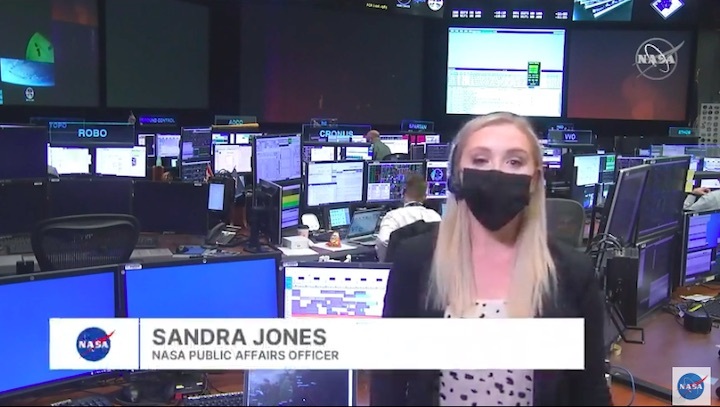
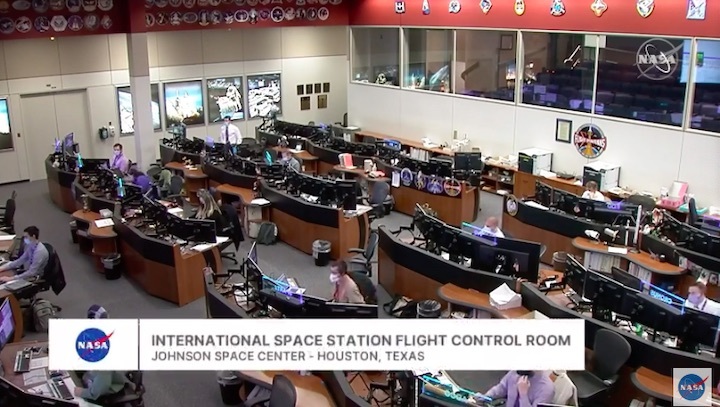
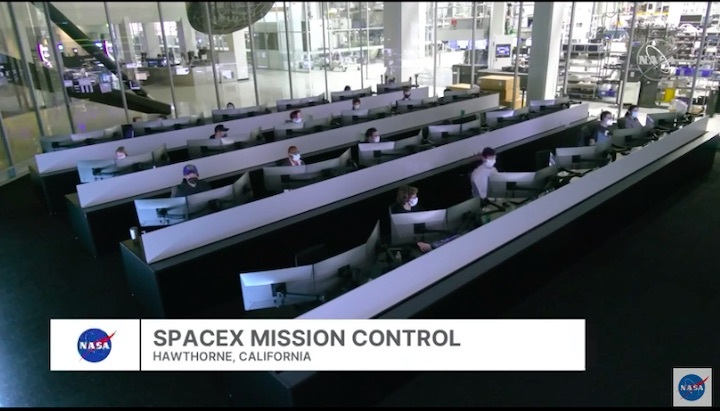
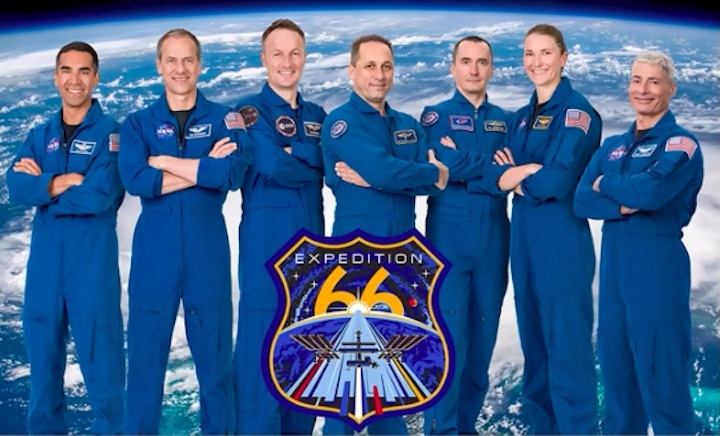

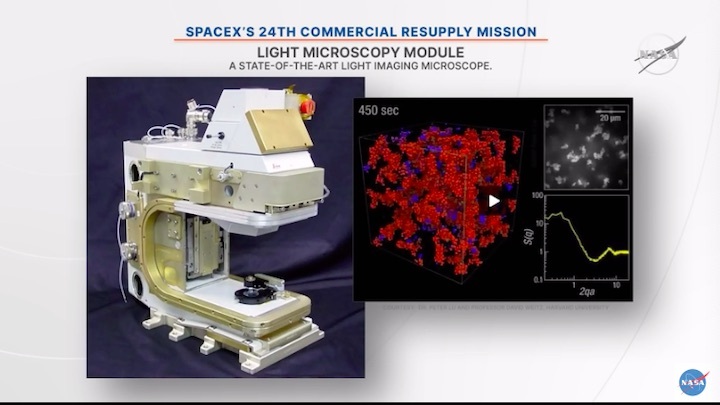
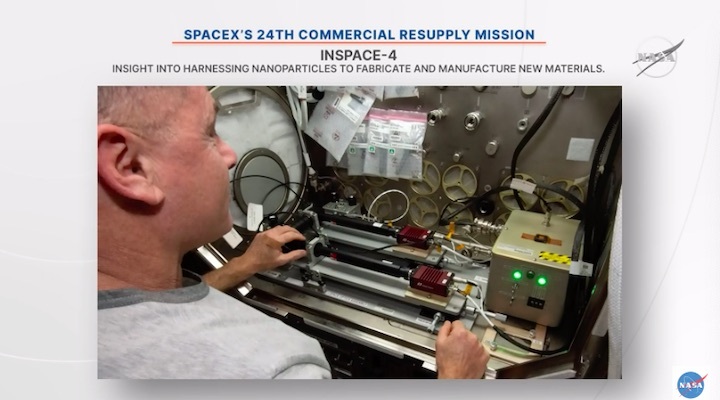
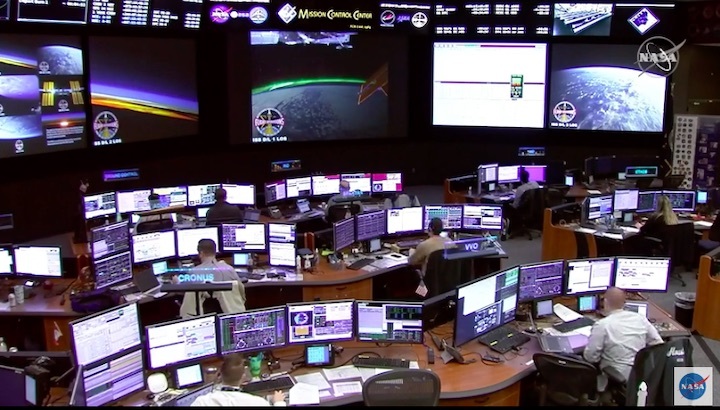

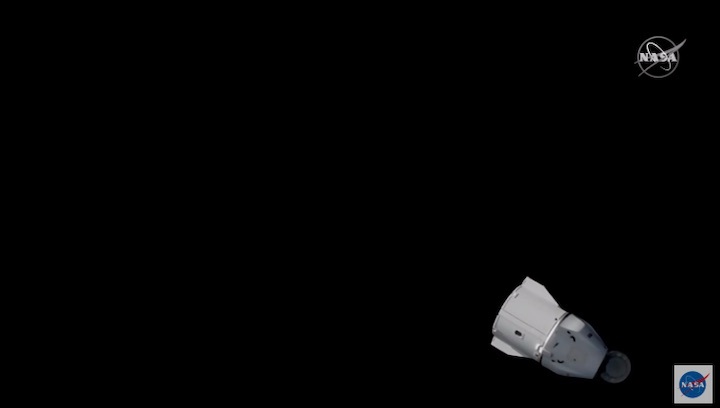
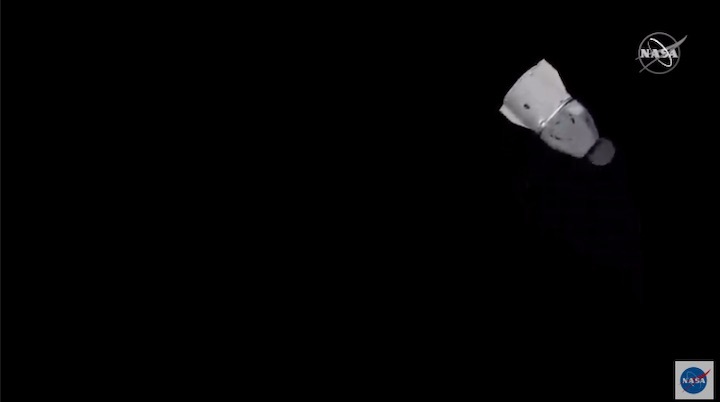
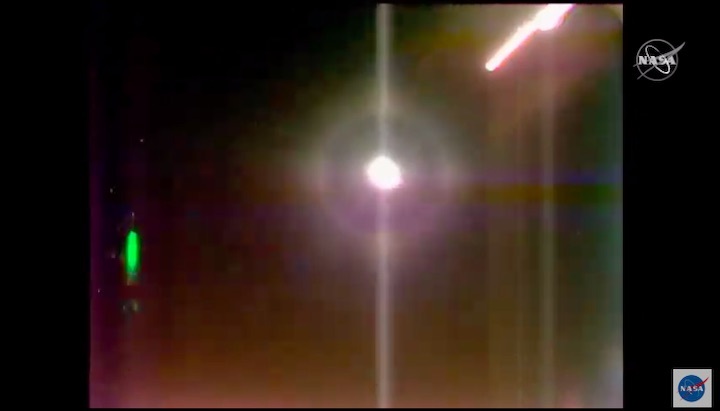

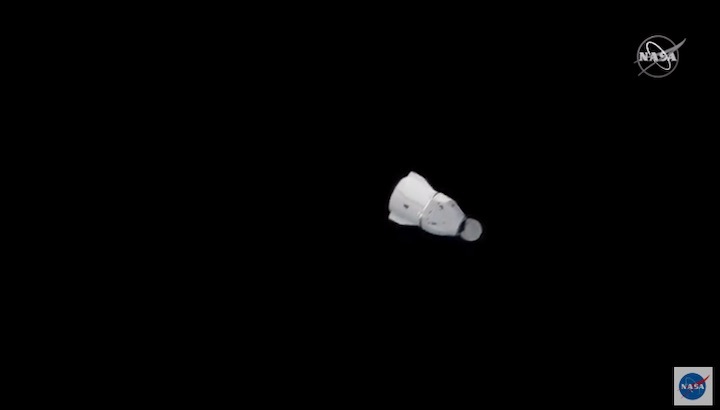
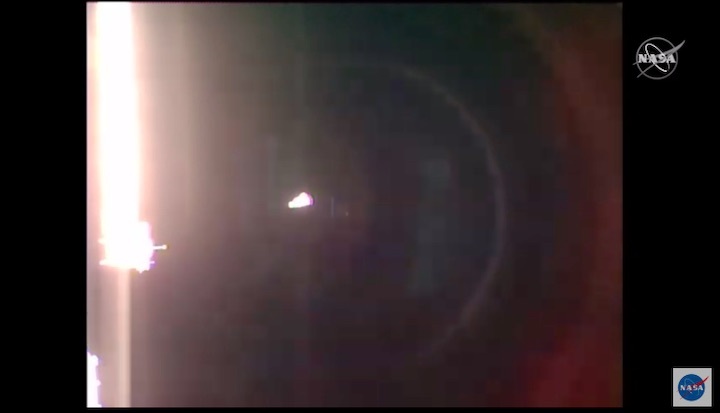
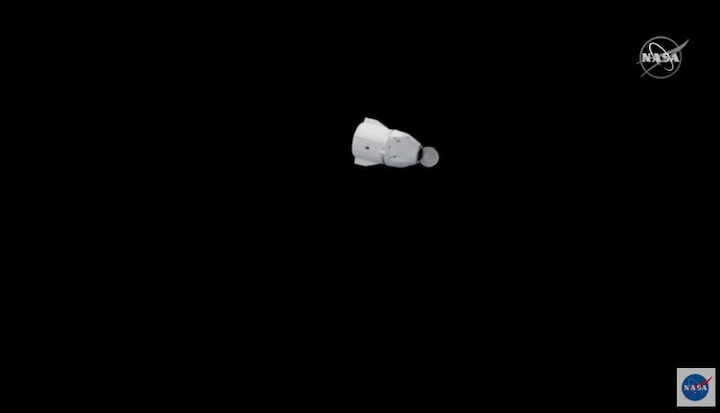
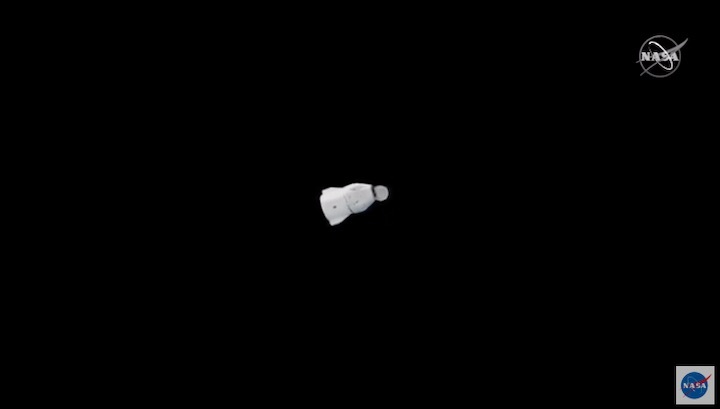
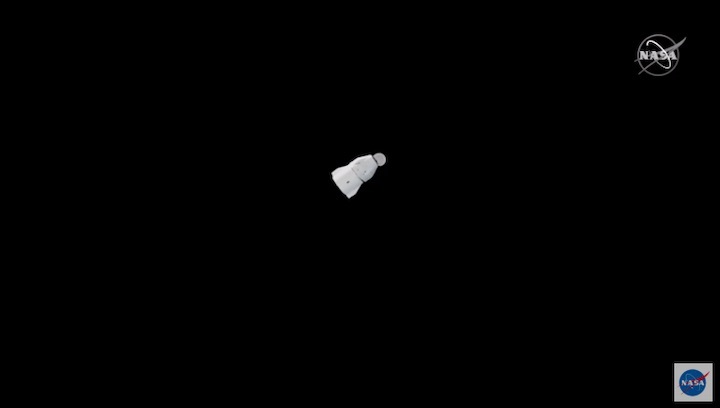
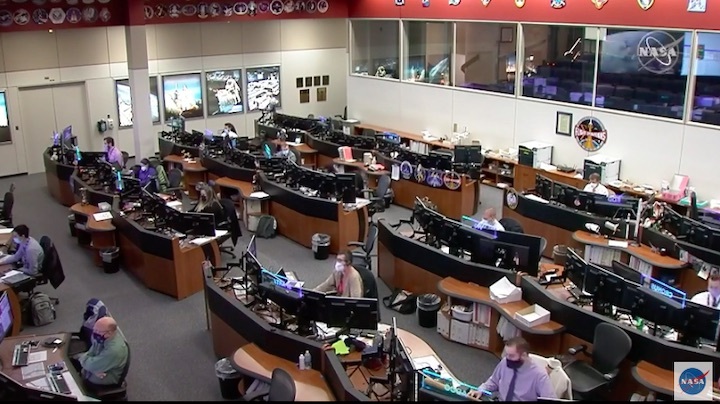
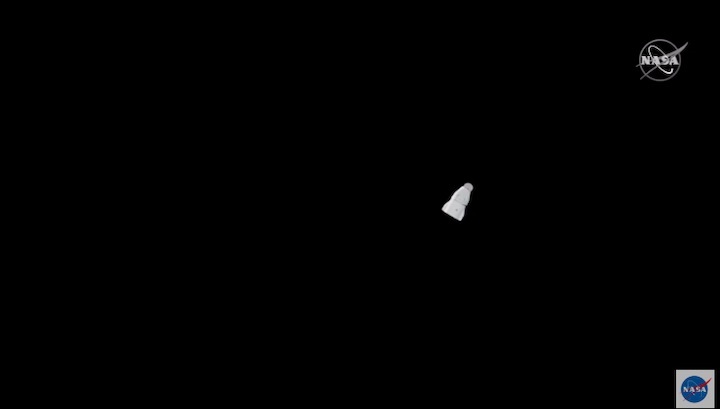
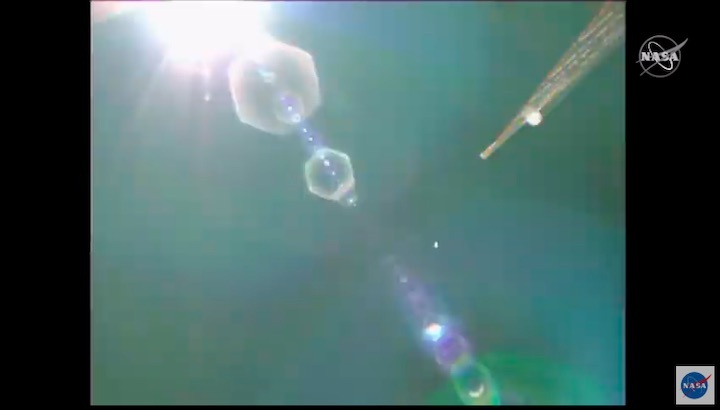
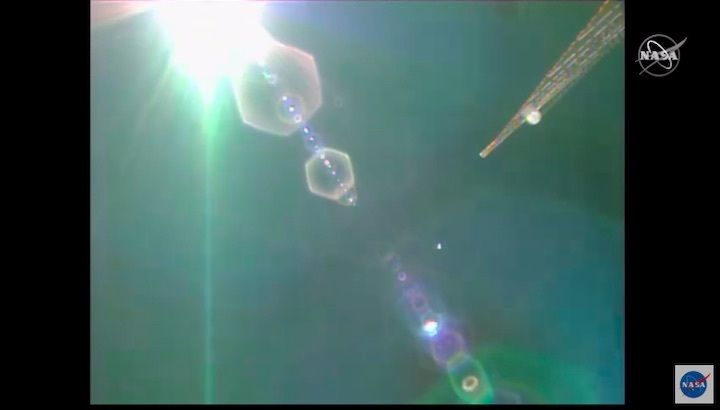

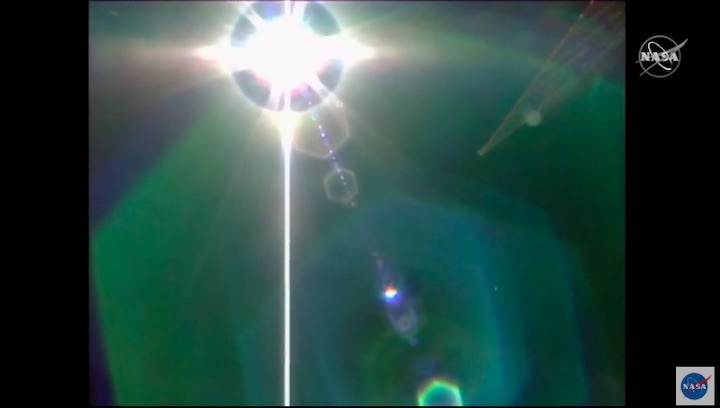
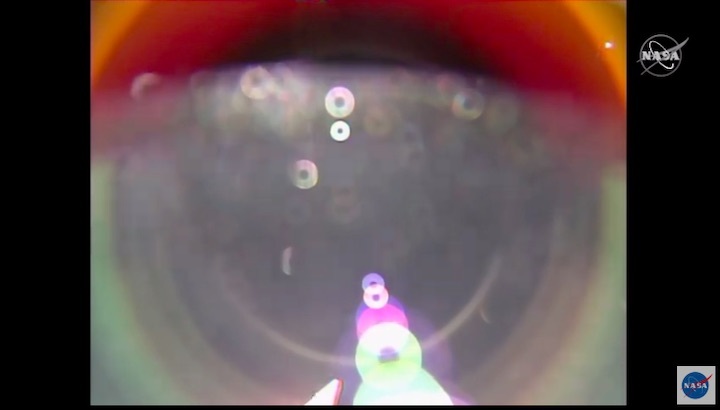
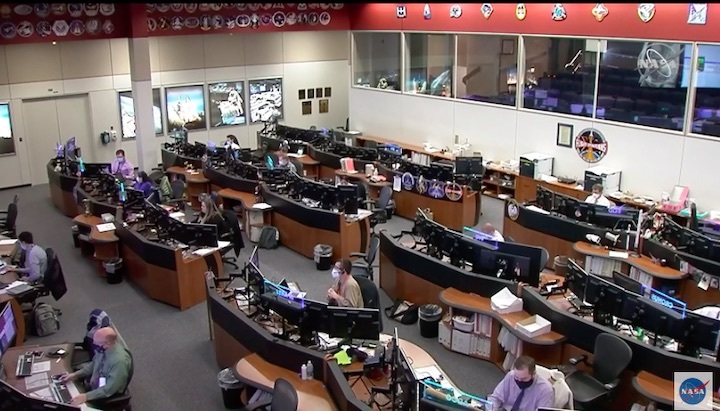
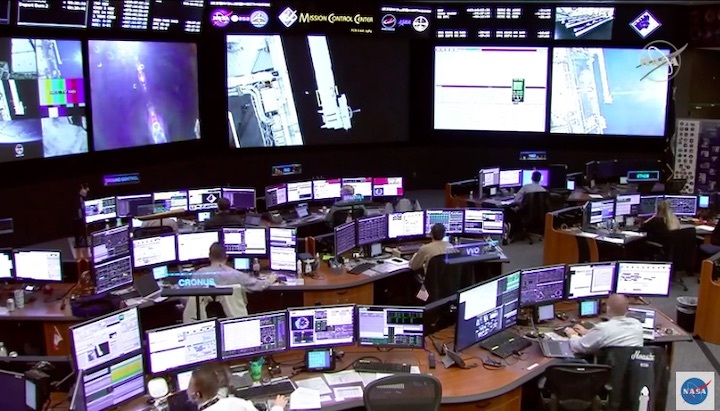
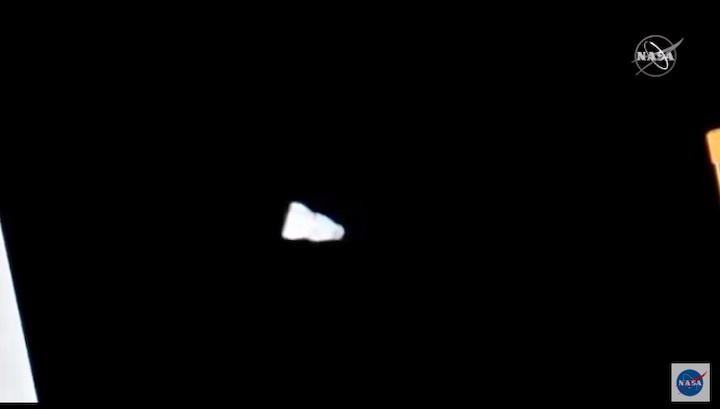
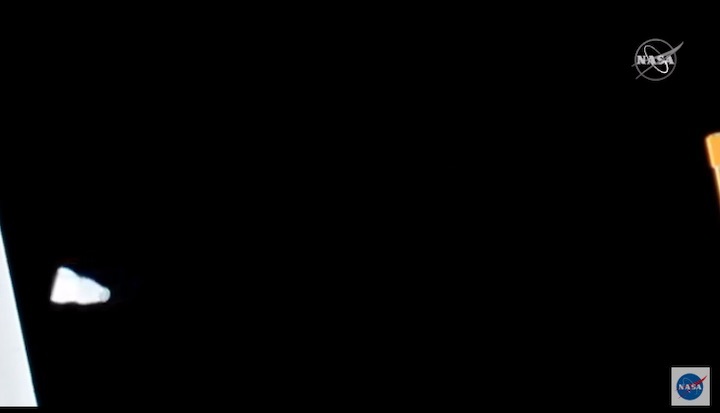
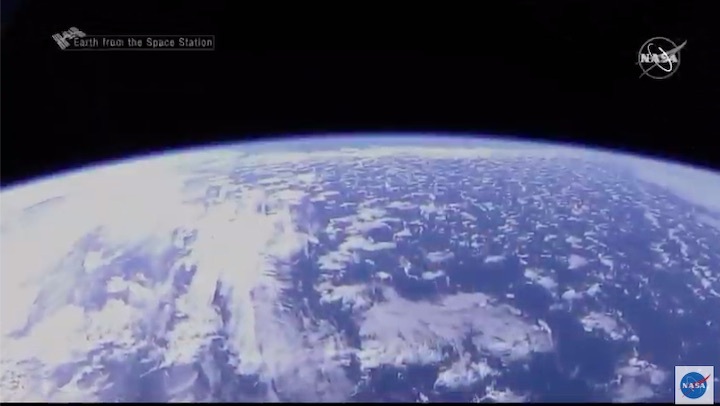
Quelle: NASA TV
